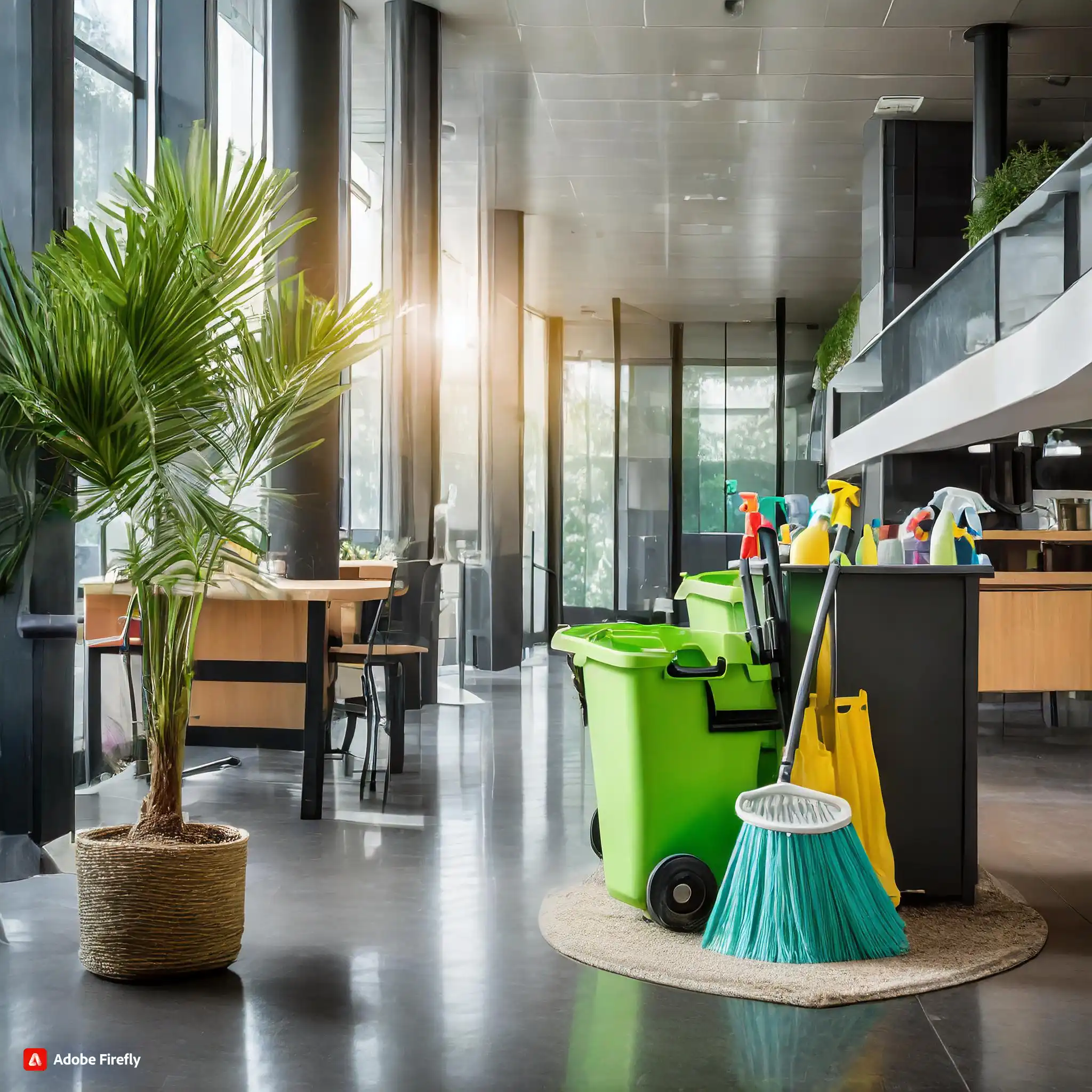Hard Floor Care
What is Acrylic Floor Finish and How is It Made?
Understanding Acrylic Floor Finish and Its Manufacturing Process
Introduction to Acrylic Floor Finish
Acrylic Floor Finish is a protective coating applied to floors, commonly used to enhance durability, provide a glossy appearance, and protect against wear and tear. The manufacturing process involves various components to create a quality acrylic finish.
Composition of Acrylic
Single or Multiple Monomers
Acrylic floor finish is typically made using a single monomer, often polymethylmethacrylate. However, many acrylic formulations use more than one monomer, including options like ethyl acrylate, methyl methacrylate, and butyl acrylate. The choice of monomers influences the properties of the acrylic.
Manufacturing Process
Solvent-Based Processing
The manufacturing process involves the use of a solvent, and it can be either a water-based or solvent-based product. Water-based formulations are common, contributing to environmental friendliness.
Surfactant Addition
A surfactant is introduced during the manufacturing process. Surfactants assist in emulsification and stabilization, ensuring even distribution of components in the formulation.
Catalyst Incorporation
A catalyst, such as ammonium or sodium peroxydisulfate, is added. During the kettle reactor mixing process, radical sulfates are formed. This reaction contributes to the polymerization of the monomers.
Contaminant Removal
The contaminants are then removed, leaving behind the pure acrylic. The purification process is crucial for producing a high-quality acrylic floor finish.
Ingredients in Acrylic Floor Finish
Cheaper Acrylic Formulations
Inexpensive acrylic formulations may include undesirable ingredients such as vinyl acetate or styrene. Additionally, residual sulfates, excess solvents, surfactants, and other contaminants may be present in poorly made acrylics.
Quality Concerns
Cheap resins are more likely to contain unreacted or residual chemicals, toxic solvents, biocides, defoamers, and flowing agents. These contaminants can affect both the performance of the finish and the health of the end user.
Water-Based vs. Oil-Based Finishes
Drying Time
Water-based acrylic finishes exhibit a faster drying time compared to oil-based finishes. This characteristic reduces downtime during application and minimizes the risk of debris settling into the finish, resulting in a smoother final surface.
Color Impact
Acrylic finishes, especially water-based ones, are known for maintaining the original color of wood more effectively than oil-based finishes. They are suitable for preserving light-toned wood without significant color alteration.
Application Sequence
For those desiring a deep, oil-type richness, a common approach is to apply an oil-based finish first and then layer it with a specially designed acrylic finish.
Quality Assurance at Scrub n Shine
The conclusion emphasizes the commitment to using the highest quality products at Scrub n Shine, ensuring that the job is done right the first time.
Conclusion
In summary, the production of acrylic floor finish involves a careful selection of monomers, a controlled manufacturing process, and a focus on removing contaminants to ensure a high-quality and effective protective coating for floors.
The explanation concludes by encouraging readers to contact us for discussions related to their specific situations or flooring needs.
Frequently Asked Questions
Have a different question and can’t find the answer you’re looking for? Reach out to our support team by sending us an email and we’ll get back to you as soon as we can.
- What is Particle Size in an Emulsion?
- Particle Size in an emulsion refers to the physical dimensions of the suspended droplets within the liquid mixture This characteristic plays a crucial role in determining the visual and...
- What is Abrasive Impregnated Nylon?
- Understanding Abrasive Impregnated Nylon Definition of Abrasive Impregnated Nylon Abrasive Impregnated Nylon refers to a specialized type of nylon filament that incorporates abrasive particles throughout its structure These abrasive...
- What is Meant by the Term, Coverage?
- Coverage is a critical parameter that defines the expected area a product will effectively cover when used as directed It is a key consideration in various applications including floor...
- What is High Solids Floor Finish?
- Additional Details on High Solids Floor Finish Composition of High Solids Floor Finish Definition of Non Volatile Solids Specify that non volatile solids are the components of the floor...
